|
|
|
|
| Missing In Action (MIA) | Prisoners Of War (POW) | Unexploded Ordnance (UXO) |
| Chronology | Locations | Aircraft | Ships | Submit Info | How You Can Help | Donate |
|
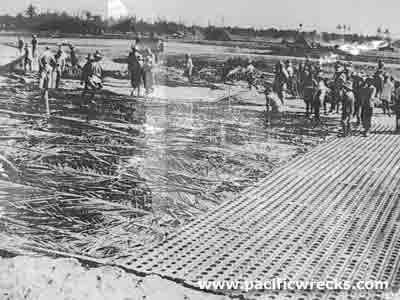 U.S. Army January 1945 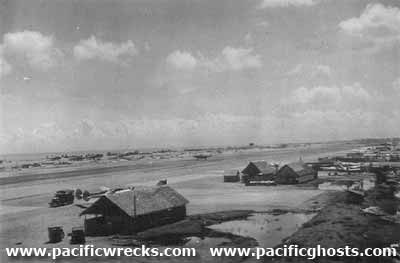 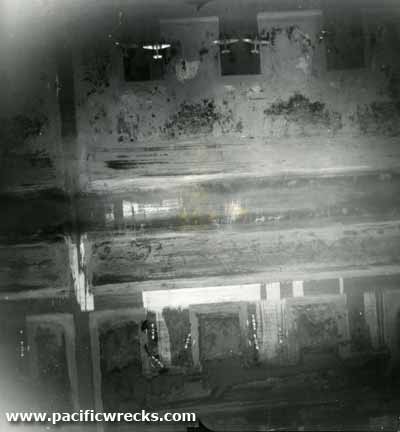 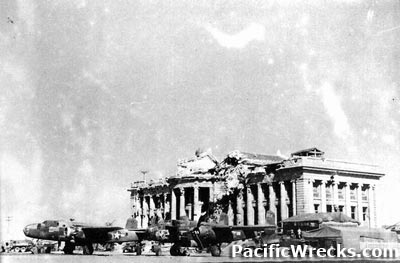 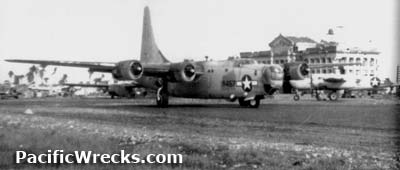 USAAF c1945  USAAF April 3, 1945 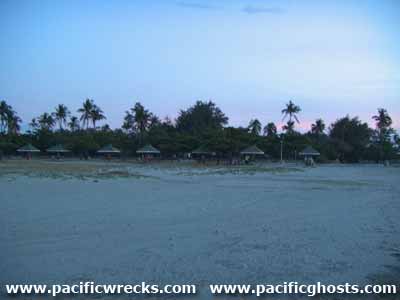 Justin Taylan 2003 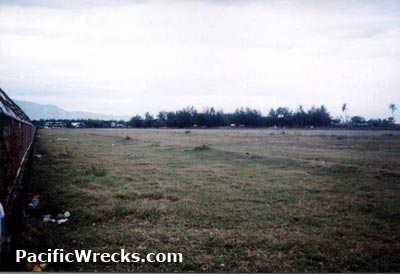 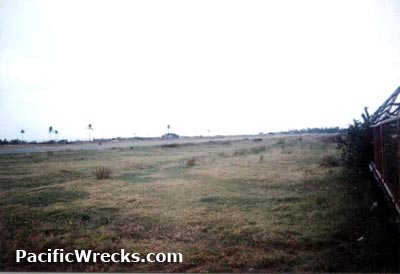 Tony Feredo 2004 |
Location Lat 16° 2' 0" N E Long 120° 15' 0" Lingayen Airfield is located at an elevation of 7' above sea level to the north of Lingayen in the 4th District of Pangasinan Province on Luzon in the Philippines. Also known as "Lingayen Aerodrome" or "Lingayen Field". Borders Lingayen Gulf to the north. Construction Built prewar by the U.S. Army or possibly the Philippine Army. The runway was parallel to the beach and was oriented roughly east to west. Used as a landing field by U.S. Army pilots flying familiarization flights over northern Luzon. A Philippine Army contingent (most likely the troops of the 21st Division, Philippine Army) was also stationed in the area. Wartime History On December 8, 1941 after the Japanese attacks on Clark and Iba some U.S. Army Air Force (USAAF) P-40 Warhawk pilots landed at Lingayen Airfield. During late December 1941, occupied by the Japanese Army after their landing at Lingayen Gulf. During the Japanese occupation of the Philippines part of the ferry route for Japanese aircraft flying from Japan via Formosa (Taiwan) to the Philippines and beyond. Lingayen Airfield was used by both the Japanese Army Air Force (JAAF) and Imperial Japanese Navy (IJN) as a military airfield for bombers and transports. Japanese units based at Lingayen 98th Sentai (Ki-67 Peggy) American Usage On January 9, 1945 liberated by the U.S. Army on the first day of the amphibious landing at Lingayen Gulf. At Lingayen Airfield, American forces captured several wrecked aircraft including Ki-67 Peggy and G4M2 Betty 12142. Immediately, Lingayen Airfield was repaired and improved by the U.S. Army with a runway extension built onto the beach by the 836th Engineer Aviation Battalion plus Filipino laborers using sawali (woven palm fronds) with marston matting (PSP) placed atop to form the surface of the runway and reduce sand blowing around. On January 29, 1945 a single Japanese aircraft released four bombs that hit the runway. By late February 1945, the repairs and expansion was completed and the airfield was immediately put into use by fighter and tactical reconnaissance aircraft and was capable of handling B-25 Mitchells and even larger aircraft. Also, used as an emergency field for damaged or low fuel aircraft returning from Formosa that were unable to reach other bases. Also known as U.S. Army Post Office 70 (APO 70). During July 1945 the control tower was code named "Goatee Tower". By July 1, 1945 the runway measured 7,000' x 100' with a 500' overrun at each end surfaced with asphalt over marston matting (PSP). The taxiways were surfaced with marston matting (PSP) with revetments to the north and south of the runway. The airfield had fuel and oil available with truck delivery and major repairs were available with accommodations for transient and emergency landed crews. Airdromes Guide Southwest Pacific Area - 1 July 1945 notes: "This runway is very wavey, usually has a cross wind from the Gulf. However, early morning winds are from the shore side. In stormy weather, winds are from shore side. When combat planes are taking off, care should be taken by transports, and other transient aircraft, to stay out of traffic patter when circling the area. All planes land to W and take off to E, except in extreme emergency." Ken Barber adds: "The Filipino matting was called 'sawali' (woven material used for houses) and was made of woven fine split bamboo. The 38th BG was not at Lingayen but rather at nearby MANGALDAN air field, a much bigger facility I believe. My friend Harry Terrell was with the 38th and flew missions from Mangaldan." Travis Smith, 41st FS P-51 pilot remembers: "We were stationed briefly at Lingayen, but because of trouble flying the Mustangs off that strip because the matting and our tail wheels. We ended up at Clark Field, swapping sites with a P-38 outfit. They defiantly got the worst of the deal." American units based at Lingayen during 1945 18th FG, HQ, 12th FS (P-38) Sansapor Jan 13 - Feb 27, 1945 San Jose 18th FG, 70th FS (P-38) Sansapor Jan 19 - February 26, 1945 San Jose 547th NFS (P-38, P-61) San Jose Jan 16 - Aug 13, 45 Ie Shima 71st TRG, 82nd TRS (F-6, P-40) San Jose Jan 17-20, 45 - ? 71st TRG, 110th TRS (P-40)San Jose Jan 22 - July 28, 45 Okinawa 38th BG, 822nd BS (B-25) Morotai arrives January 29, 1945–July 24, 1945 departs Okinawa 38th BG, 823rd BS (B-25) Morotai arrives February 1, 1945–July 24, 1945 departs Okinawa 38th BG, 405th BS (B-25) Morotai arrives January 30, 1945–July 21, 1945 departs Okinawa 38th BG, 71st BS (B-25) Morotai arrives February 1, 1945–July 25, 1945 departs Okinawa 49th FG, 7th FS (P-38) San Jose arrives February 25, 1945–August 16, 1945 departs Okinawa 49th FG, 8th FS (P-38) San Jose arrivesFeb 27 - Aug 16, 1945 Okinawa 49th FG, 9th FS (P-38) San Jose arrives Feb 26 - Aug 16, 1945 Okinawa 71st TRG, 17th TRS (B-25s) San Jose arrives April - July 29, 1945Ie Shima 35th FG, 41st FS (P-51) Mangaldan arrives April 16 - 20, 45 Clark 35th FG, HQ Morotai/Mangaldan arrives January 20 - April 19, 1945 Clark 35th FG, 39th FS (P-47) Mangaldan arrives April 10 - April 21, 1945 Clark 475th FG, HQ, 431st FS (P-38) Clark arrives April 19 - Aug 8, 45 Ie Shima 475th FG, 432nd FS (P-38) Clark arrives April 19 - Aug 8, 45 Ie Shima 475th FG, 433nd FS (P-38) Clark arrives April 19 - Aug 8, 45 Ie Shima 475th FG, HQ Clark arrives April 20 - Aug 8, 45 Ie Shima 309th BW HQ San Marcelino arrives May 1, 1945 - ? 6th PRG, 26th PRS (F-5) Biak arrives January 16, 1945–July 22, 1945 departs Clark / Aug 6 Okinawa Today The Lingayen Capital Compound and memorial is located behind the airstrip. The present runway uses part of the original wartime runway but can only accommodate light to medium aircraft. Airport code: RPUG. Tony Feredo visited in 2004: "The Lingayen Field was shortened after the war. Its original length covered the grounds of the Lingayen provincial capital and its revetments were near the road that you see now. You have to drive further down the road near the Philippine National Police HQ. You can't miss it as I even walked in the airstrip itself. The length reach part of the capitol. I have photos of Privateers and B-24s taking off from Lingayen as well." References Index to Air Bases - Research Report No. 85, I.G. No 9185 - July 30, 1944 Airdromes Guide Southwest Pacific Area - 1 July 1945 Thanks to Tony Feredo for additional information Contribute
Information Last Updated
|
Map July 1, 1945 Map Lingayen Area 1945 Map Fallingrain View in Google Earth |
| Discussion Forum | Daily Updates | Reviews | Museums | Interviews & Oral Histories |
|